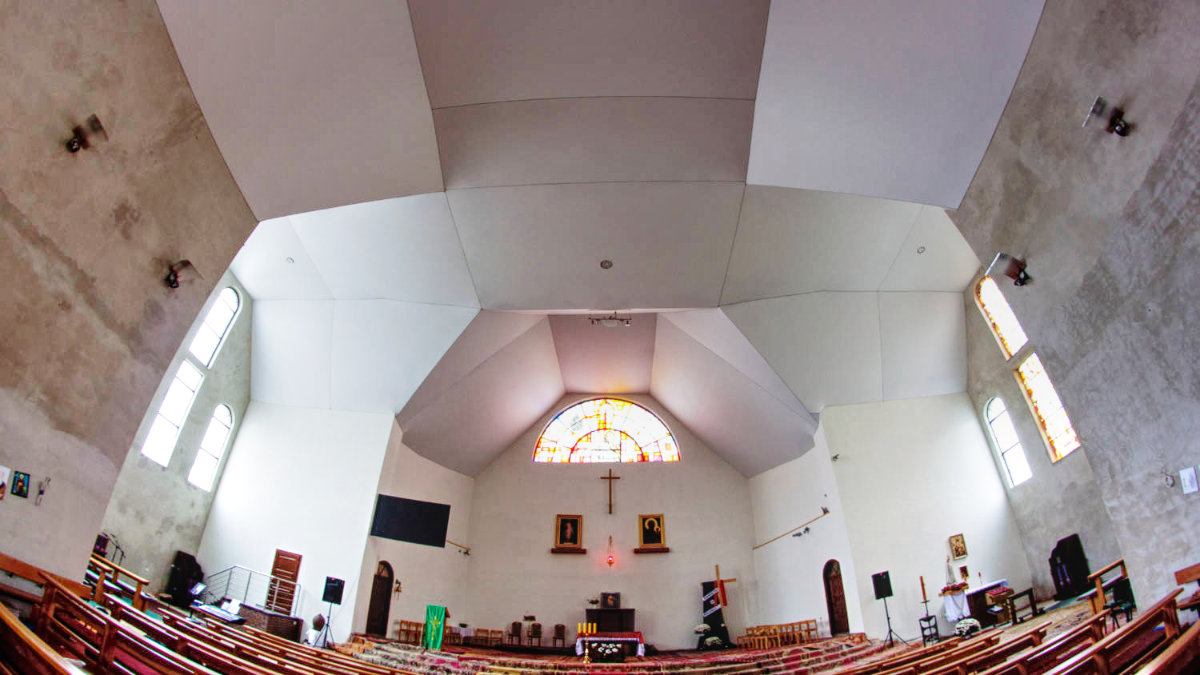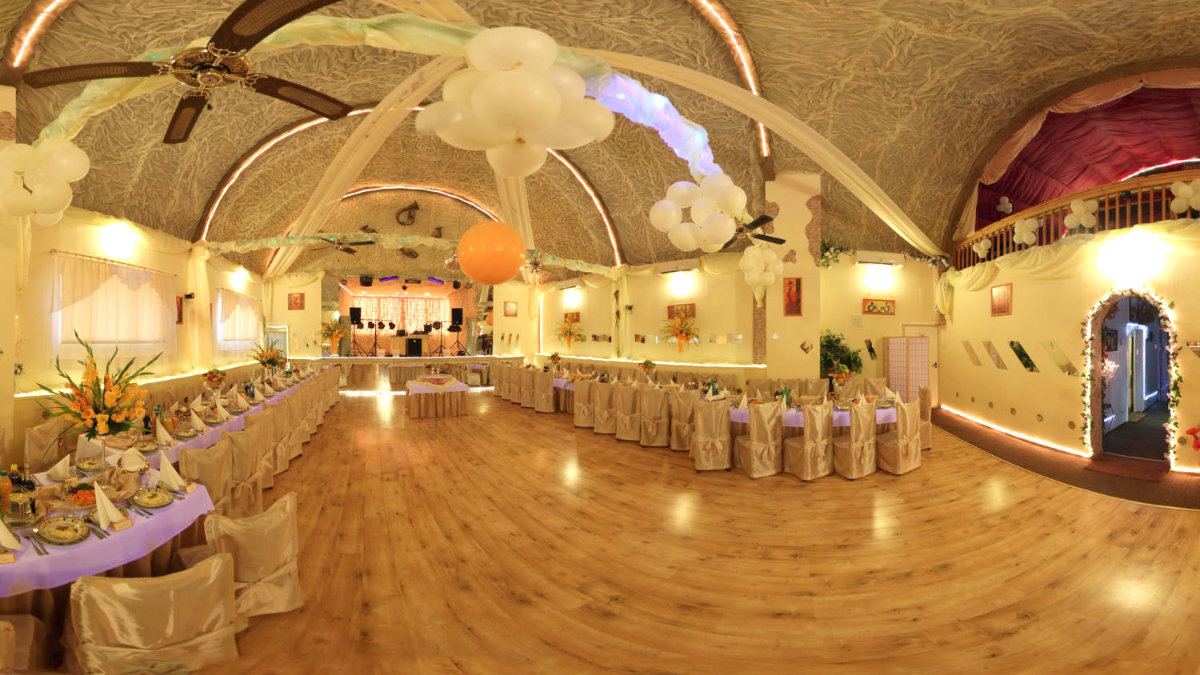Stretch ceilings are a perfect solution for people looking for aesthetic and easy-to-maintain interior finishing solutions. Thanks to their properties, they are not only visually attractive, but also practical in everyday cleaning. Unlike traditional ceilings, the stretch ceiling is made of PVC – an antistatic plastic that does not attract dust. If there are any stains on the surface of the ceiling (for example, ketchup), it is enough to remove them with water and a seamless microfiber cloth.
In the case of more stubborn dirt, the stretch ceiling can be cleaned with alcohol-based products. However, it is important to avoid aggressive chemicals (solvents) that can permanently damage the PVC surface.
The good news about foil stretch ceilings is that plastic coatings are delicate and can be easily scratched using the wrong tools (which will be especially visible on glossy surfaces), but the impacts themselves should not cause any damage. A shot from a champagne cork or hitting a ball, or even grabbing the foil and pulling it down are not able to destroy the stretch ceiling. This shows its exceptional strength and resistance to various types of activities.
How to clean a stretch ceiling – preventing dirt
However, the topic of cleaning a PVC stretch ceiling is not as important as other problems that can affect its appearance over the years. In the first place, you should avoid installing glossy stretch ceilings in kitchens with a gas stove. During cooking, the gas rises to the top and combines with the fat particles. It settles on furniture elements – but also on the ceiling. After 2-3 years (if the kitchen hood is not effective) instead of a beautiful gloss, a mat will “make” over our cooker.
Another problem that is often reported by users of stretch ceilings made of PVC foil is… flies. They can get on the backlit coating (on non-backlit coatings this problem is not visible). The key here is a competent installer who will ensure that the connection between the mounting profile and the wall is well secured. If the joint is not properly sealed, small flies can get between the wall and the mounting profile. Due to a crooked wall or an unscrewed profile, they will get above the coating and will be visible from the outside after switching on the lighting.



